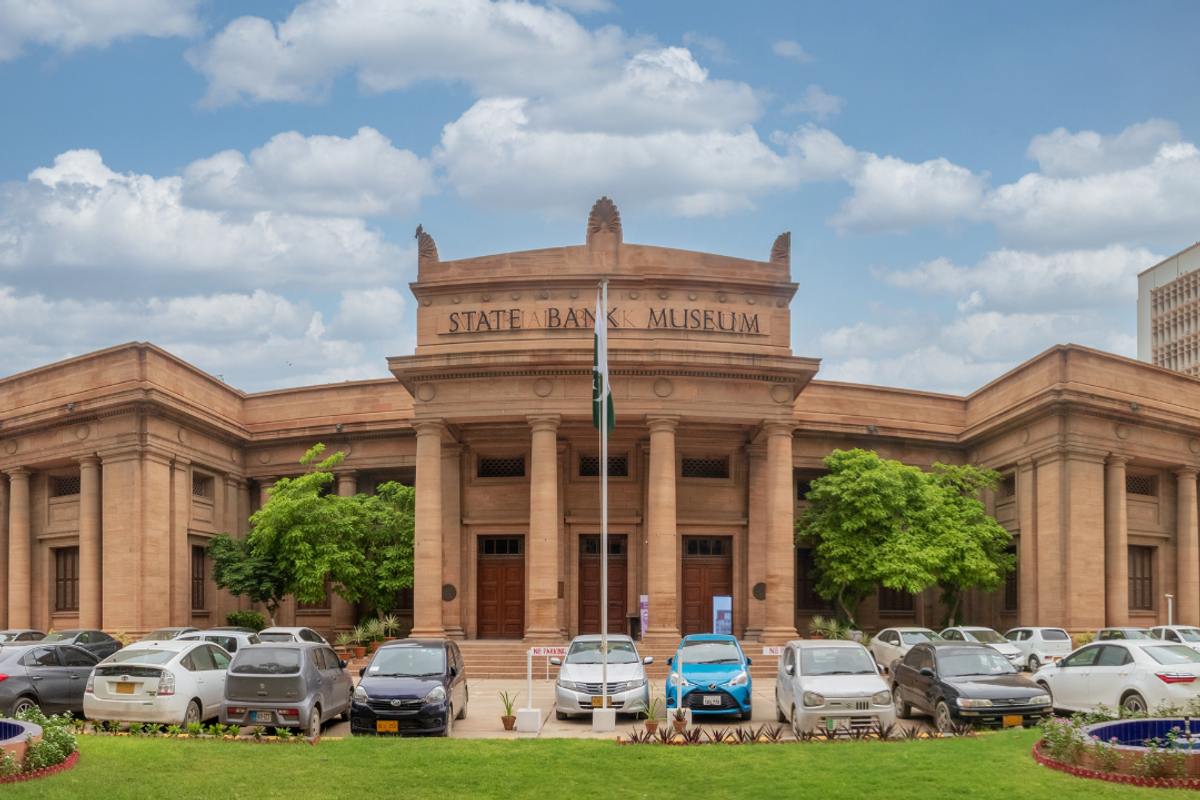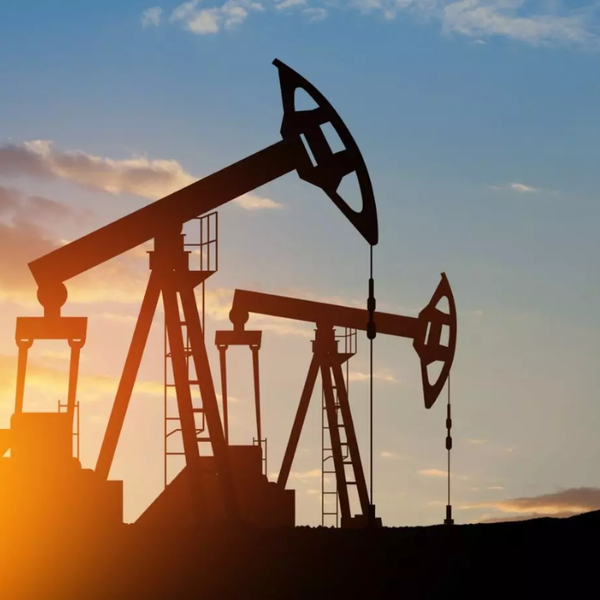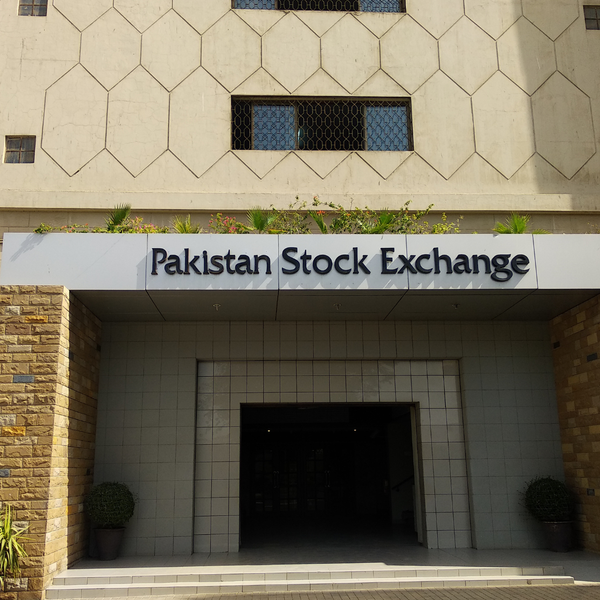Too soon to cut: Why Pakistan's central bank might go for a status quo
The State Bank of Pakistan's Monetary Policy Committee is set to meet on May 05 to decide the new policy rate
Nida Gulzar
Research Analyst
A distinguished economist with an M. Phil. in Applied Economics, Nida Gulzar has a strong research record. Nida has worked with the Pakistan Business Council (PBC), Pakistan Banks' Association (PBA), and KTrade, providing useful insights across economic sectors. Nida continues to impact economic debate and policy at the Economist Intelligence Unit (EIU) and Nukta. As a Women in Economics (WiE) Initiative mentor, she promotes inclusivity. Nida's eight 'Market Access Series papers help discover favourable market scenarios and export destinations.

As Pakistan’s economy shows signs of cautious recovery, all eyes are now on the State Bank of Pakistan’s Monetary Policy Committee (MPC), which is expected to meet on May 5.
The committee has a tough call to make: ease rates further to keep the momentum going or stay cautious to keep inflation in check. Nukta analyzes both choices.
The case for a cut: Real rates, and reserve buffers
If the SBP is looking for justification to ease, the macro scoreboard offers several encouraging signals.
Declining inflation
Inflation, for starters, has cooled rapidly – from a peak of 38% in May 2023 to just 0.7% year-on-year in March, marking a five-decade low.
Food prices, once the primary inflationary driver, have slipped into deflation, while core inflation is gradually moderating. As a result, real interest rates now hover around 11.3%, a rarity in Pakistan’s monetary history. This is also significantly higher than the 20-year long-term average of 27 basis points.
If headline inflation continues to decelerate — especially into single digits — it strengthens the case for a rate cut to support economic recovery. The committee has assessed inflation will come down further before gradually inching up and stabilizing within the target range of 5-7%.
This is also evident from the fact that since the last two monetary policy meetings – held on Jan 27 and March 10 – inflation has dropped sharply, falling from 1.51% in February to just 0.69% in March.
Softening global commodity prices
Global commodity prices are easing, giving Pakistan’s economy some breathing room and the central bank more flexibility ahead of its May 5 policy meeting.
Brent crude has slipped to around $64–68 a barrel, down from a FY25 average of $75, potentially saving the country nearly $2 billion on oil and RLNG imports, as per a Topline Securities report.
Food and energy prices are also retreating sharply – wheat is down 35% year-on-year in March, vegetables 31%, while electricity and fuel costs dropped 22% and 7%, respectively. The disinflation trend has led analysts to revise full-year inflation estimates down to 4.5–5.5%, a shift that could pave the way for another interest rate cut.
Strengthening rupee and highest-ever CA surplus
With the rupee steady, foreign reserves above $15.6 billion, and a $1.86 billion current account surplus in the first nine months of the fiscal year (9MFY25), the State Bank may now have room to ease without risking capital flight. A 33% surge in remittances has bolstered external buffers, while the narrow three basis points spread between the 6-month KIBOR and the policy rate shows markets are already pricing in a cut.
With the IMF Executive Board set to meet on May 9 to review Pakistan’s case – potentially unlocking further support – further monetary easing could be on the horizon.
Support for growth
With real interest rates now firmly in positive territory, a modest policy rate cut signals support for business activity and industrial output – without risking a resurgence in inflation.
The case for a hold: IMF, tariffs, low base, and sticky core
Anticipated rise in inflation
Despite cooling inflation, the State Bank of Pakistan may hold off on cutting rates, as fresh inflationary pressures loom. Administered price hikes – particularly in electricity and gas tariffs tied to IMF conditions – are expected to kick in soon, potentially pushing inflation higher.
SBP Governor Jameel Ahmad has warned that inflation, despite easing in March, is likely to rise again in the coming months. This is partly driven by the upcoming low base effects and anticipated increases in utility prices.
Sticky core inflation limits space
Headline inflation averaged 7.2% in 1HFY25 – down sharply from 28.8% last year – driven by stable fuel and food prices. However, core inflation remains high in rural areas, limiting the SBP’s flexibility for deep cuts.
Upgrade in sovereign credit rating
In a positive turn for Pakistan’s economy, Fitch Ratings recently upgraded the country’s sovereign credit rating from ‘CCC+’ to ‘B-’. This change reflects improvements in fiscal and external metrics, suggesting the country's economic situation may be stabilizing. However, Fitch also emphasized that Pakistan’s progress depends heavily on continued reforms under the IMF’s extended fund facility (EFF).
IMF program commitments
The IMF often encourages tight monetary policy to anchor inflation — so SBP may wait until the next review is completed before making a bold move.
Global headwinds limit room to ease
With U.S. interest rates still elevated, aggressive rate cuts by the SBP could trigger capital outflows and pressure the rupee. Over $135 million exited local debt markets in early 2025, as falling T-bill yields made Pakistan less attractive to foreign investors.
Market expects a 50–100 bps cut
With short-term PKRV rates already retreating since the last monetary policy statement (MPS) on March 10, markets are increasingly pricing in a 50–100 basis point cut in the upcoming MPS scheduled for May 5, contingent on April inflation continuing to trend lower.
This indicates growing market confidence in an easing cycle as inflation decelerates, and the real interest rate gap widens. However, Nukta research expects a status quo, citing the need for policy continuity amid evolving external conditions.
We expect that the SBP will adopt a cautious easing approach, with upcoming back-to-back MPS decisions in May, June, and July. This sequence gives the central bank room to pause in May, wait for clarity on the federal budget in June, and assess the fiscal-monetary alignment before initiating a rate cut later.
Moreover, uncertainty over energy tariff adjustments, ongoing geopolitical volatility, and IMF-related policy discussions may also persuade the SBP to maintain the current stance temporarily to avoid premature easing that could destabilize macroeconomic projections.










Comments
See what people are discussing